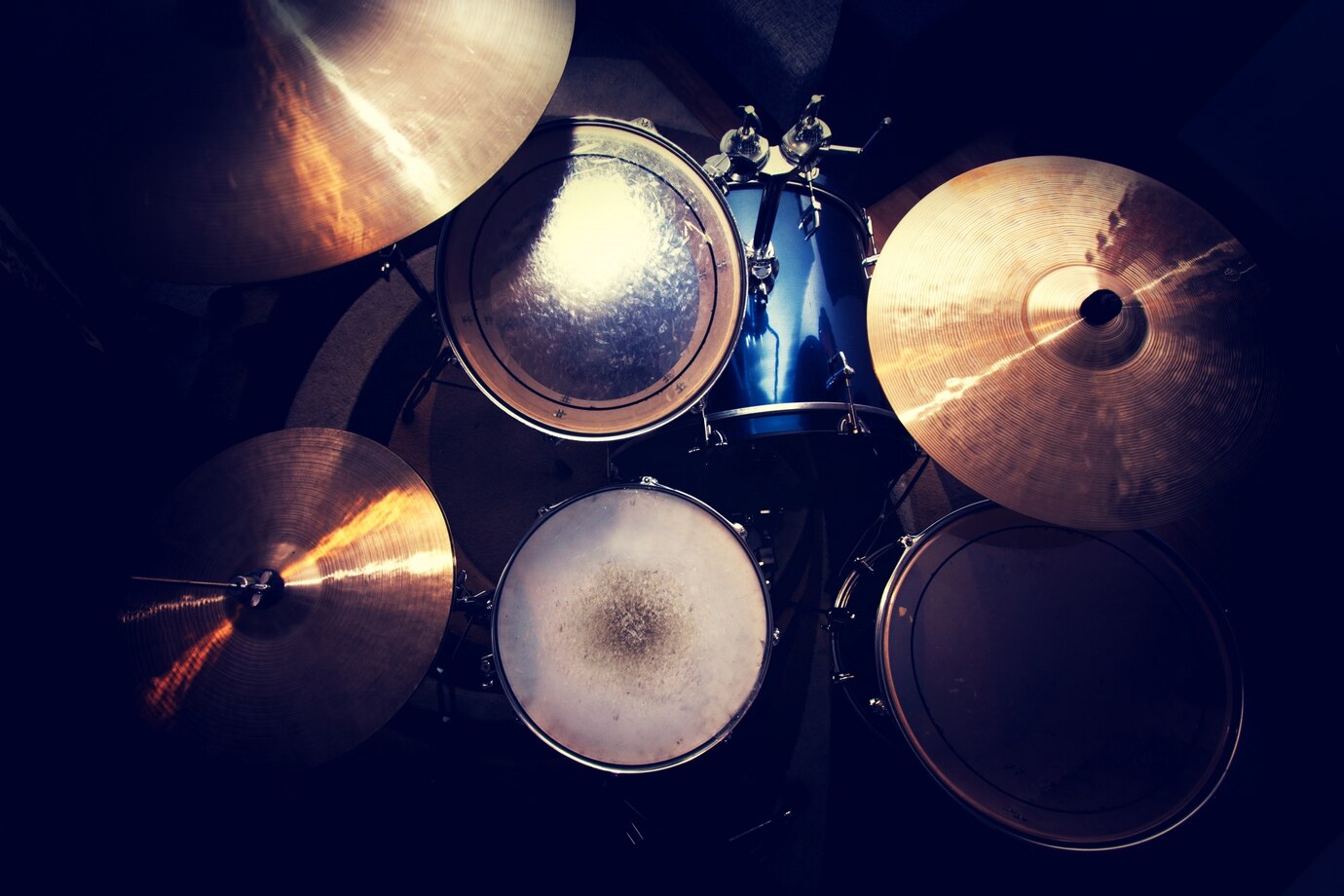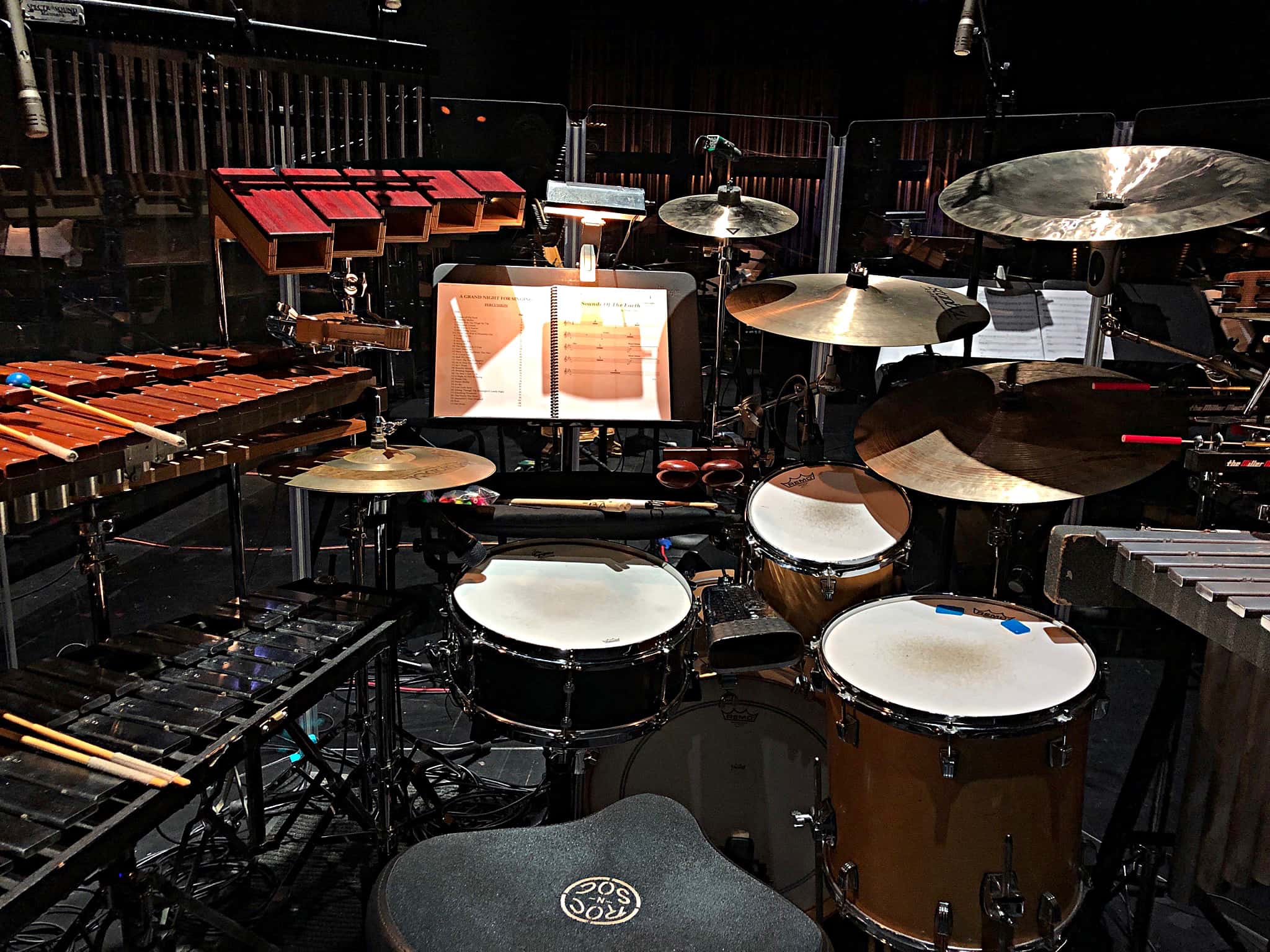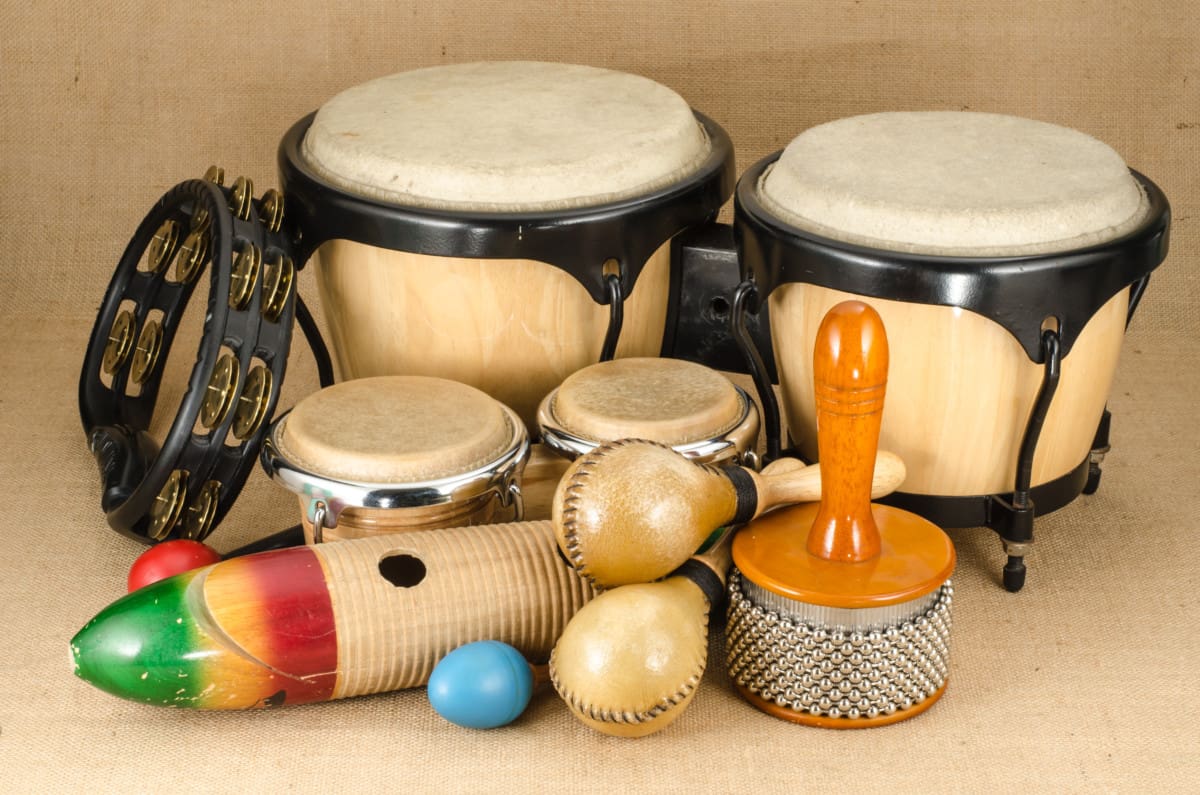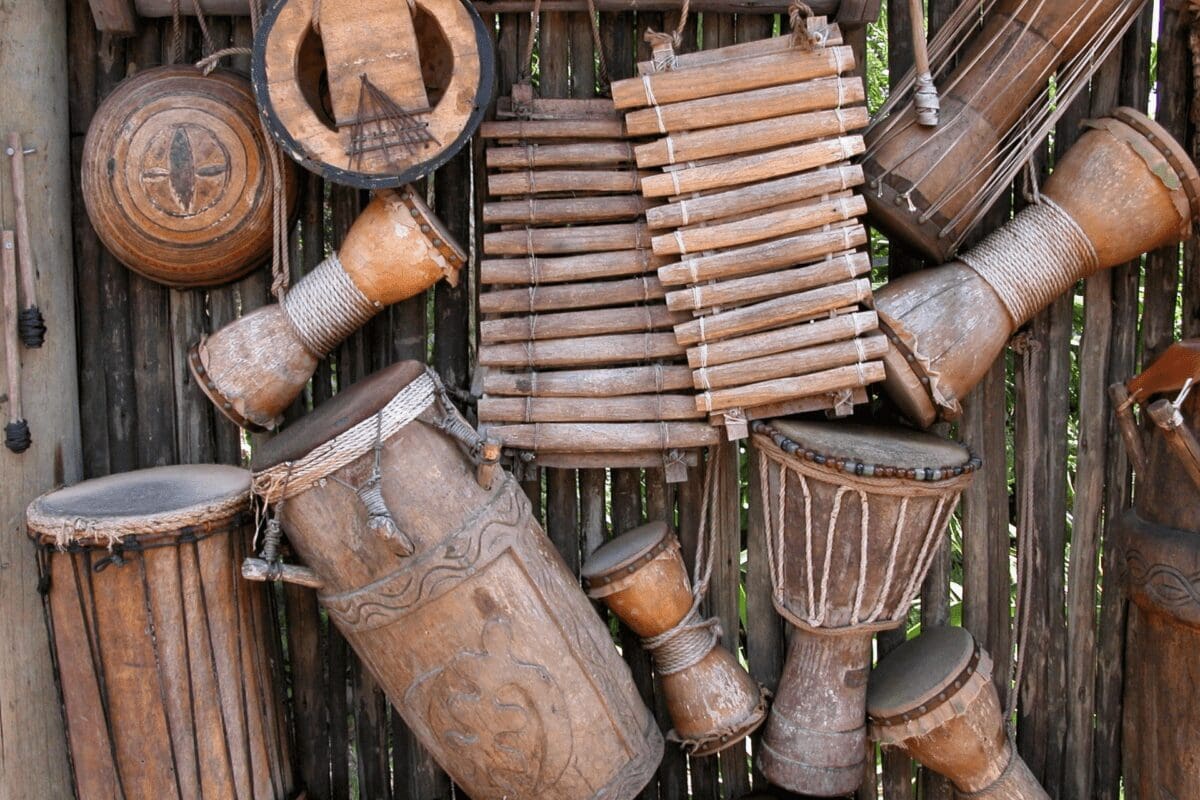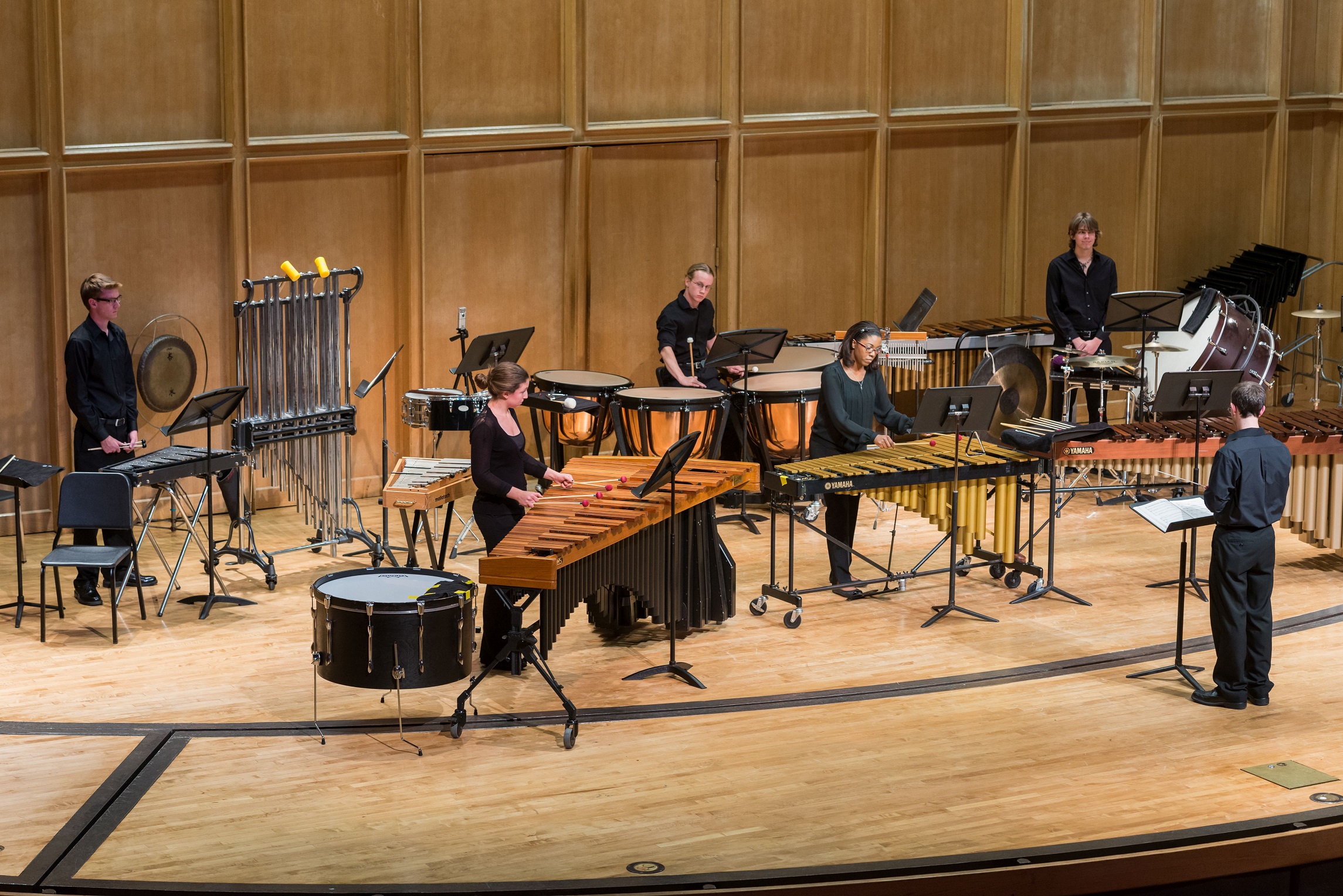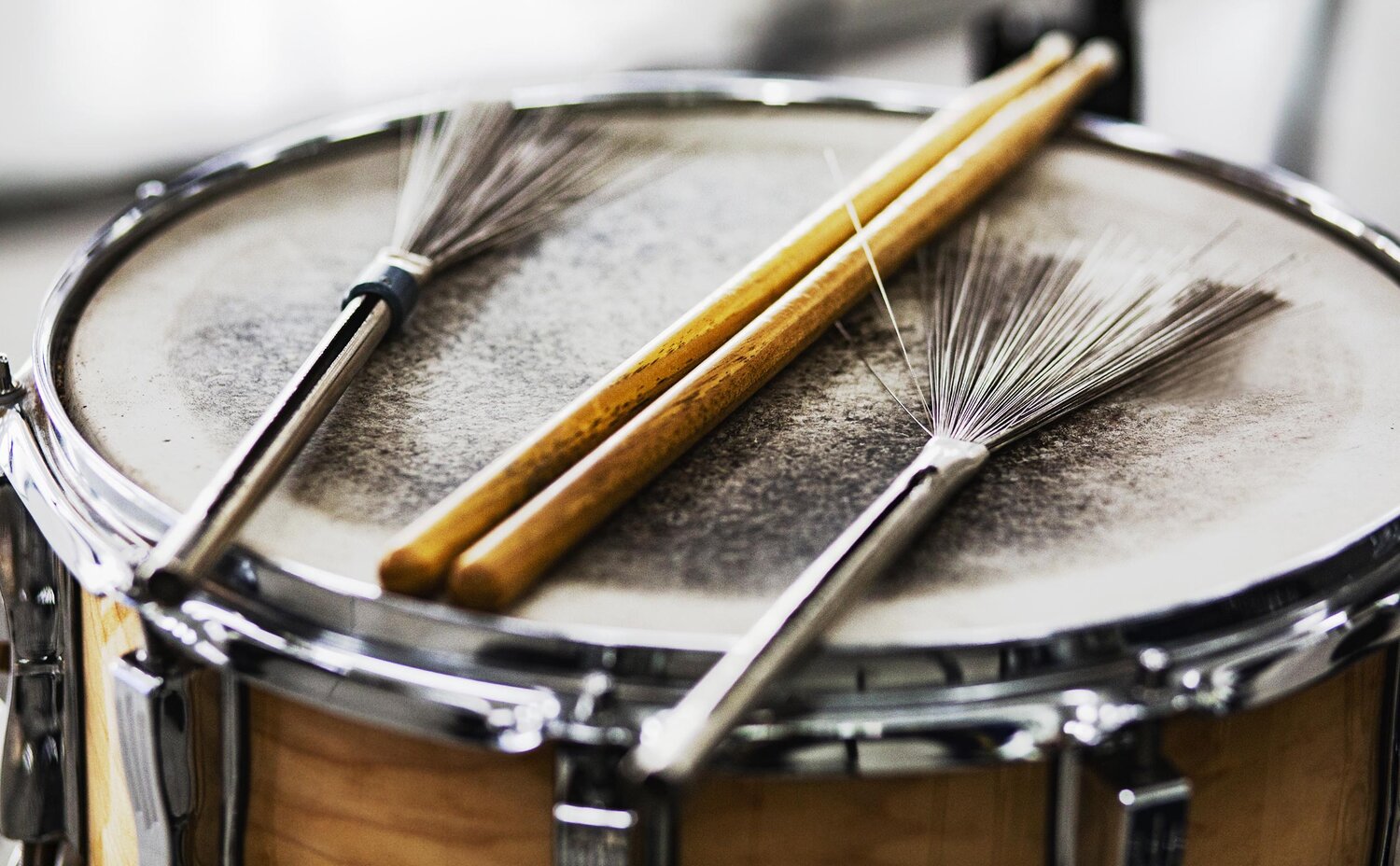Home>Instruments>Percussion Instruments>How Do The Physics Of Percussion Instruments Make Sound
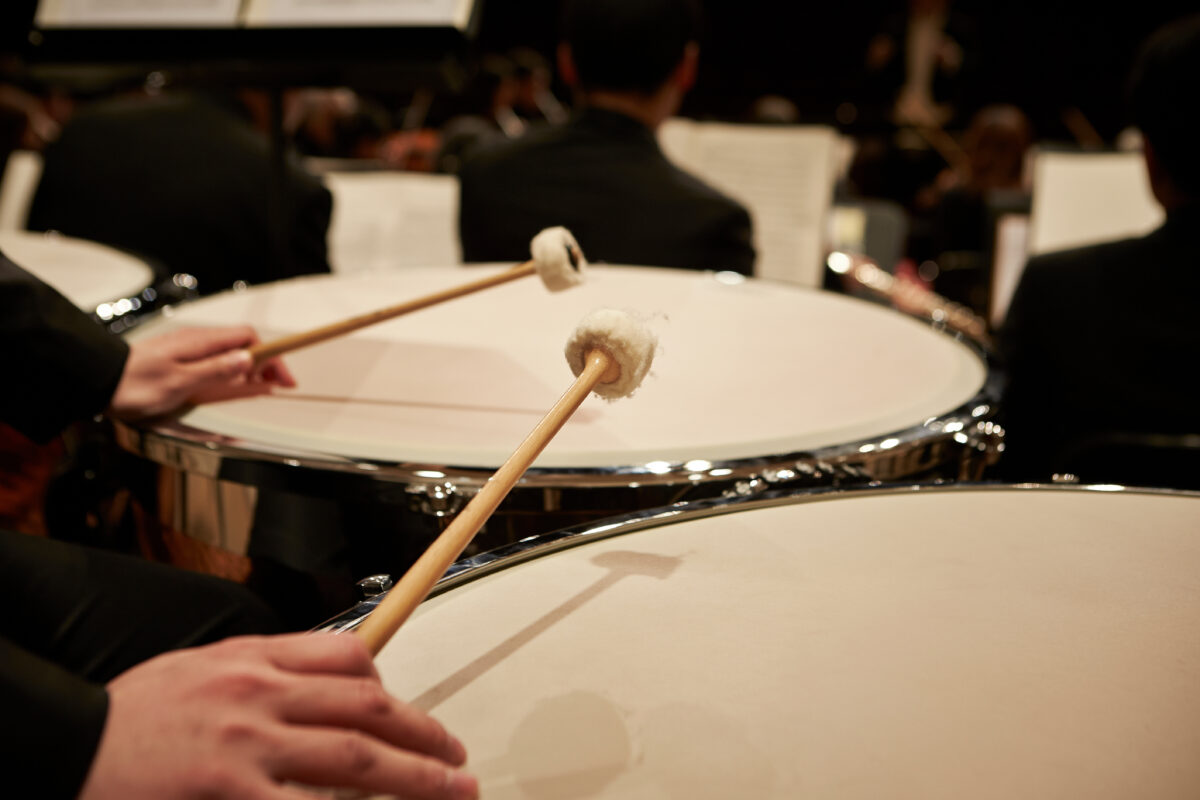

Percussion Instruments
How Do The Physics Of Percussion Instruments Make Sound
Published: January 16, 2024
Learn how physics plays a crucial role in creating sound with percussion instruments. Explore the fascinating mechanics behind the art of playing these rhythmic tools.
(Many of the links in this article redirect to a specific reviewed product. Your purchase of these products through affiliate links helps to generate commission for AudioLover.com, at no extra cost. Learn more)
Table of Contents
Introduction
When we think of music, our minds are often filled with the melodies and harmonies produced by various instruments. One category of instruments that stands out for its unique and captivating sounds is percussion instruments. From drums to cymbals, tambourines to marimbas, percussion instruments span a wide range of forms and sizes. But have you ever wondered how these instruments actually produce sound?
At their core, percussion instruments rely on the principles of physics to create vibrations, which in turn generate audible sound waves. Understanding the physics behind percussion instruments can help us appreciate their intricate mechanisms and the artistry involved in playing them.
In this article, we will explore the physics of percussion instruments and delve into concepts such as vibrational motion, resonance, timbre, pitch, volume, modes of vibration, and the impact of materials and construction on the sound produced. Join us on this journey to unravel the scientific secrets behind the captivating world of percussion.
Vibrational Motion
At the heart of percussion instruments lies the concept of vibrational motion. Everything in the universe vibrates, from the smallest particles to the largest celestial bodies. In the case of percussion instruments, this vibrational motion is what creates the sound we hear.
When a percussionist strikes a drum or a cymbal, they transfer energy to the instrument, causing it to vibrate. These vibrations travel through the instrument and create sound waves in the surrounding air. The intensity and characteristics of these vibrations determine the unique sound produced by each instrument.
The vibrational motion of a percussion instrument can be classified into two types: bending mode and torsional mode. In bending mode, the instrument bends or flexes, resulting in a broader range of frequencies and a rich, resonant sound. Torsional mode, on the other hand, involves twisting of the instrument, producing a more focused and defined sound.
The shape and size of the percussion instrument also influence the vibrational motion. Instruments with larger surface areas, such as bass drums or gongs, produce lower-pitched sounds due to the slower vibration of their larger surface. Conversely, smaller instruments like bells or triangles create higher-pitched sounds as their smaller surface area allows for faster vibrations.
Additionally, the materials used in constructing the instrument can affect the vibrational motion. Instruments made of denser materials, like metal or hardwood, tend to produce sharper and more penetrating sounds, while instruments made of lighter materials, like plastic or fiberglass, generate softer and mellower sounds.
The science of vibrational motion provides the foundation for understanding how percussion instruments become acoustic marvels. Through the interplay of striking, transferring energy, and vibrating, these instruments can produce a wide array of sounds and tones, captivating listeners with their rhythmic reverberations.
Resonance
Resonance is a crucial concept in understanding the physics behind percussion instruments. It is the phenomenon that allows an object to vibrate at its natural frequency when exposed to an external force or stimulus of the same frequency. In the realm of percussion instruments, resonance plays a significant role in amplifying and enriching the sound.
When a percussion instrument is struck, it initially produces a sound that is a combination of its fundamental frequency and its harmonics. The fundamental frequency is the lowest frequency at which the instrument can vibrate, while the harmonics are multiples of that frequency. As the instrument vibrates, it continues to produce sound waves that travel through the air.
Resonance occurs when the frequency of the sound waves matches the natural frequency of the instrument. This phenomenon leads to a significant increase in amplitude, volume, and sustain of the sound. In other words, resonance helps the instrument “resonate” or vibrate with greater intensity.
One example of resonance in percussion instruments is the body of a drum. When the drumhead is struck, the vibrations produced travel through the body of the drum and bounce back. If the frequency of these returning vibrations matches the natural frequency of the drum, resonance occurs, resulting in a louder and more sustained sound.
Resonance can also be observed in instruments like the marimba or xylophone. These instruments have resonators, which are tubes or bars connected to the keys. When a key is struck, the resonator amplifies the sound of the vibrating key by resonating at the same frequency, producing a more pronounced and vibrant sound.
Understanding and harnessing the power of resonance is key for percussionists to create expressive and dynamic performances. By striking different areas of the instrument, controlling the amplitude and speed of the strikes, and exploiting the natural frequencies of the instrument, percussionists can manipulate and enhance the resonance to produce a wide range of tones and effects.
Timbre
Timbre, sometimes referred to as tone color or quality, is a fundamental aspect of sound that distinguishes one instrument from another, even when playing the same pitch at the same volume. It is what gives each percussion instrument its unique character and makes it recognizable to our ears.
Timbre is influenced by several factors. One of the main factors is the shape and construction of the instrument. Percussion instruments with different shapes, sizes, and materials produce distinct timbres. For example, a snare drum has a tight and crisp timbre due to its shallow depth and tightly stretched drumhead, while a bass drum produces a deep and booming timbre with a larger body and loose drumhead.
Another factor that affects timbre is the method of sound production. Some percussion instruments, like drums and cymbals, produce sound through direct striking, resulting in a sharp and percussive timbre. Others, like bells or chimes, create sound through resonance and vibration, resulting in a more sustained and melodic timbre.
The playing technique and style of the musician also contribute to the timbre of a percussion instrument. The angle, velocity, and location of the strike can affect the timbre produced. For instance, a light tap on a cymbal’s edge creates a shimmering, high-pitched timbre, while a forceful strike on the center produces a sharp and explosive timbre.
Lastly, the material used in the construction of the instrument plays a significant role in defining its timbre. Instruments made of metal, like cymbals or bells, tend to have a bright and metallic timbre. On the other hand, instruments made of wood, like drums or marimbas, produce a warmer and earthier timbre.
Timbre is a crucial element for composers and performers alike. It allows them to evoke different emotions, create variation, and blend different instruments together harmoniously. The exploration and recognition of timbre in percussion instruments add depth and richness to the world of music.
Pitch
Pitch refers to the perceived frequency or highness/lowness of a sound. In percussion instruments, pitch is primarily determined by the size, tension, and material of the instrument.
The size of a percussion instrument plays a significant role in determining its pitch. Generally, larger instruments produce lower-pitched sounds, while smaller instruments produce higher-pitched sounds. For example, a bass drum or a gong, with their larger surface areas, produce deep and low-pitched sounds. In contrast, a tambourine or a triangle, with their smaller sizes, produce higher-pitched sounds.
The tension of a percussion instrument also affects its pitch. Instruments like the snare drum or timpani have adjustable tension on their drumheads. Tightening the drumhead increases the tension, resulting in a higher pitch, while loosening the drumhead decreases the tension, resulting in a lower pitch. By manipulating the tension, percussionists can achieve different pitches and tones within a single instrument.
Additionally, the material of the instrument influences the pitch. In instruments like the xylophone or marimba, the pitch varies depending on the length and thickness of the wooden bars. Thicker and longer bars produce lower pitches, while thinner and shorter bars produce higher pitches. Similarly, cymbals made of different metals can produce varying pitch characteristics based on their thickness and shape.
Pitch in percussion instruments is often categorized into two main types: definite pitch and indefinite pitch. Definite pitch instruments, such as a xylophone or a marimba, produce specific notes with clearly discernible pitch intervals. Indefinite pitch instruments, on the other hand, produce sounds with no distinct pitch, such as a snare drum or a cymbal. These instruments contribute to the rhythmic and textural elements of the music.
Pitch in percussion instruments can be manipulated by the percussionist through different striking techniques and locations. By striking a drum or cymbal in different areas or with varying force, percussionists can create different pitches and tonal variations within a single instrument, adding depth and versatility to their performances.
Understanding pitch in percussion instruments allows musicians to create melodic patterns, harmonize with other instruments, and contribute to the overall musical composition. It adds a dynamic layer to the rhythmic and tonal landscape and showcases the diverse range of sounds that percussion instruments can produce.
Volume
Volume, also referred to as amplitude or loudness, is a crucial aspect of percussion instruments. It is the perceived intensity or strength of the sound produced. In percussion, volume is influenced by various factors, including the striking force, the instrument’s size and construction, and playing technique.
The force with which a percussion instrument is struck directly impacts its volume. A gentle tap on a drum or cymbal will produce a softer and quieter sound, while a more forceful strike will result in a louder and more resonant sound. The velocity and impact of the strike transfer energy to the instrument, causing it to vibrate more vigorously and generate a greater volume of sound.
The size and construction of the instrument also play a role in determining its volume. Larger instruments, such as bass drums or gongs, tend to produce a louder volume due to their larger surface area and the ability to displace a larger volume of air. Smaller instruments, like tambourines or triangles, produce a lower volume due to their smaller size and limited air displacement.
The materials used in the construction of the instrument can also affect its volume. Instruments made of denser materials, like metal or hardwood, tend to project sound with greater volume and projection. These materials allow for more efficient sound transmission and resonate more effectively. On the other hand, instruments made of lighter materials, like plastic or fiberglass, may produce softer and less resonant sounds.
Playing technique is another factor that influences volume in percussion instruments. By using different playing techniques, such as hitting the drumhead with a drumstick versus using the palm of the hand, a percussionist can manipulate the volume produced. Certain playing techniques, like dampening or muffling the sound, can also be employed to reduce the volume and create softer dynamics.
Volume is an essential aspect of musical expression, allowing percussionists to create contrast, highlight certain passages, and contribute to the overall dynamics of a performance. By understanding the factors that influence volume and employing various techniques, percussionists can control and shape the sound, resulting in a captivating and dynamic musical experience.
Modes of Vibration
In the world of percussion instruments, understanding the different modes of vibration is key to unlocking the instrument’s unique characteristics and exploring the variety of sounds it can produce. Each mode of vibration creates distinct patterns of movement within the instrument, contributing to its overall sound and resonance.
The two primary modes of vibration in percussion instruments are bending mode and torsional mode. Bending mode involves the instrument flexing or bending, leading to a broader range of frequencies and a richer, resonant sound. This mode of vibration is commonly observed in drums, where the drumhead bends and flexes as it vibrates. The bending motion generates a complex series of harmonics, contributing to the unique tonal qualities of the instrument.
Torsional mode, on the other hand, involves twisting or torsion of the instrument. Unlike bending mode, torsional mode produces a more focused and defined sound. In percussion instruments like xylophones or marimbas, the keys or bars twist slightly as they vibrate, resulting in a clear and sustained note. Torsional vibrations create distinct frequencies and overtones, contributing to the instrument’s timbre and resonance.
Depending on the design and construction of the instrument, other modes of vibration may also be present. These modes can include longitudinal vibrations, where the instrument lengthens or shortens, and transverse vibrations, where the instrument moves from side to side. These additional modes of vibration add complexity to the sound produced by the instrument, offering further opportunities for musical exploration and expression.
The modes of vibration in percussion instruments can be influenced by various factors, such as striking technique, instrument size, shape, and material. By experimenting with different striking locations, forces, and angles, a percussionist can activate specific modes of vibration and control the resulting sound and resonance.
Understanding the modes of vibration empowers percussionists to delve deeper into the sonic possibilities of their instruments. By exploring different techniques and manipulating the instrument’s characteristics, they can unleash a myriad of tones, textures, and resonances, adding depth and versatility to their musical performances.
Materials and Construction
The materials used in the construction of percussion instruments greatly influence their sound, durability, and overall performance. Different materials possess unique properties that contribute to the instrument’s tone, resonance, and playability.
Metal is a commonly used material in percussion instruments, such as cymbals, triangles, and bells. Metals like bronze or brass offer a bright and shimmering sound with rich harmonics. The thickness and shape of the metal have a significant impact on the instrument’s tone. Thinner cymbals tend to produce a higher-pitched sound with a quicker decay, while thicker cymbals create a deeper and more sustained sound.
Wood is another popular choice for percussion instruments, used in drums, marimbas, and xylophones. Different types of wood, such as maple, birch, or rosewood, offer unique tonal characteristics. A drum made from maple may produce a warm and resonant sound, while a drum made from birch can provide a brighter and more focused tone. The density and grain of the wood also affect the instrument’s durability and responsiveness.
Composite materials, such as fiberglass or carbon fiber, have gained popularity in modern percussion instruments. These materials are known for their durability, lightweight properties, and consistent sound production. They are often used in drum shells or mallet shafts, where strength and stability are crucial. Composite materials can offer a wide range of tonal possibilities, depending on their construction and design.
The construction techniques used in percussion instruments greatly impact their sound production. For drums, the shell construction, bearing edges, and hardware placement contribute to the overall tone and resonance. Different methods of tensioning the drumhead, such as using hoops or rods, affect the instrument’s pitch and the ability to control its sound. Similarly, the resonator design in instruments like marimbas or vibraphones can alter the instrument’s timbre and sustain.
Furthermore, advancements in technology and manufacturing processes have allowed for innovative instrument designs and materials. For example, synthetic drumheads made from materials like Mylar offer consistency, durability, and a wide range of tonal possibilities. Electronic percussion instruments use sensors and triggers to convert physical strikes into digitally produced sounds, opening up a world of limitless sonic exploration.
Considering the materials and construction of percussion instruments is essential for both musicians and instrument makers. It allows musicians to select instruments that best suit their desired sound and playing style, while instrument makers can experiment with new materials and designs to push the boundaries of sound production.
Conclusion
The physics of percussion instruments intricately intertwines with the artistry of musicians to create captivating and diverse sounds. Through vibrational motion, resonance, timbre, pitch, volume, modes of vibration, and materials and construction, percussion instruments come to life, adding rhythm and texture to the world of music.
Understanding the science behind percussion instruments enables us to appreciate the skill and craftsmanship required to produce their unique sounds. From the bending and twisting of drumheads to the resonance of resonators, every aspect of these instruments contributes to the creation of music.
The variety of percussion instruments, each with its own characteristic tonal qualities, allows musicians to convey emotions and convey messages through their performances. With the strike of a drumstick or the clash of cymbals, percussionists can evoke joy, excitement, or introspection, using these instruments as extensions of their own artistic expression.
Furthermore, the exploration of different playing techniques, materials, and construction methods opens up possibilities for shaping and manipulating the sound. From the choice of the material for a cymbal to the tensioning of a drumhead, the smallest adjustments can yield significant changes in the resulting sound.
Whether it’s the thunderous beats of a bass drum, the delicate chimes of a xylophone, or the rhythmic patterns created by a tambourine, percussion instruments enrich our lives with their diverse and captivating sounds. They provide the pulse and foundation for musical compositions in countless genres and cultures throughout history and continue to shape the music of the present and the future.
So, the next time you listen to the rhythmic patterns of a drum or the shimmering notes of a cymbal, take a moment to appreciate the physics and craftsmanship that goes into creating those sounds. Percussion instruments offer a powerful testament to the beauty of science and art coming together to create harmonious melodies and rhythms that resonate in our hearts and souls.

